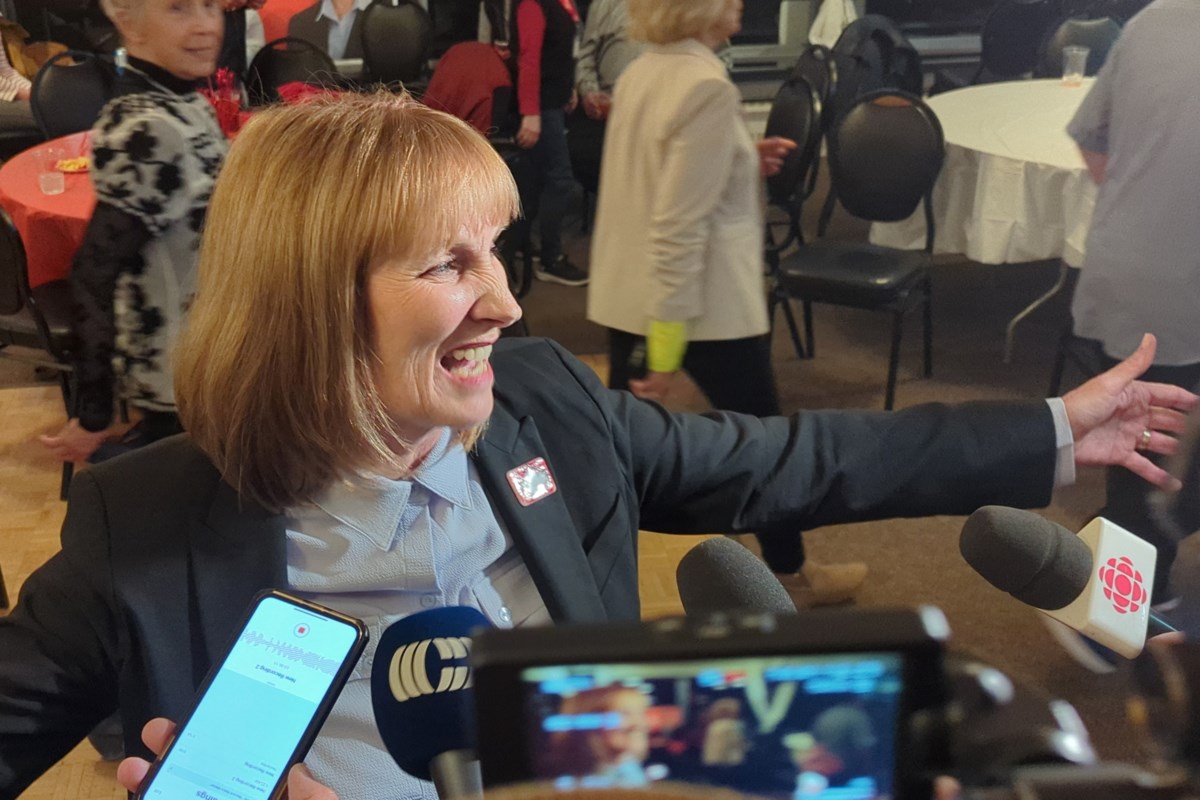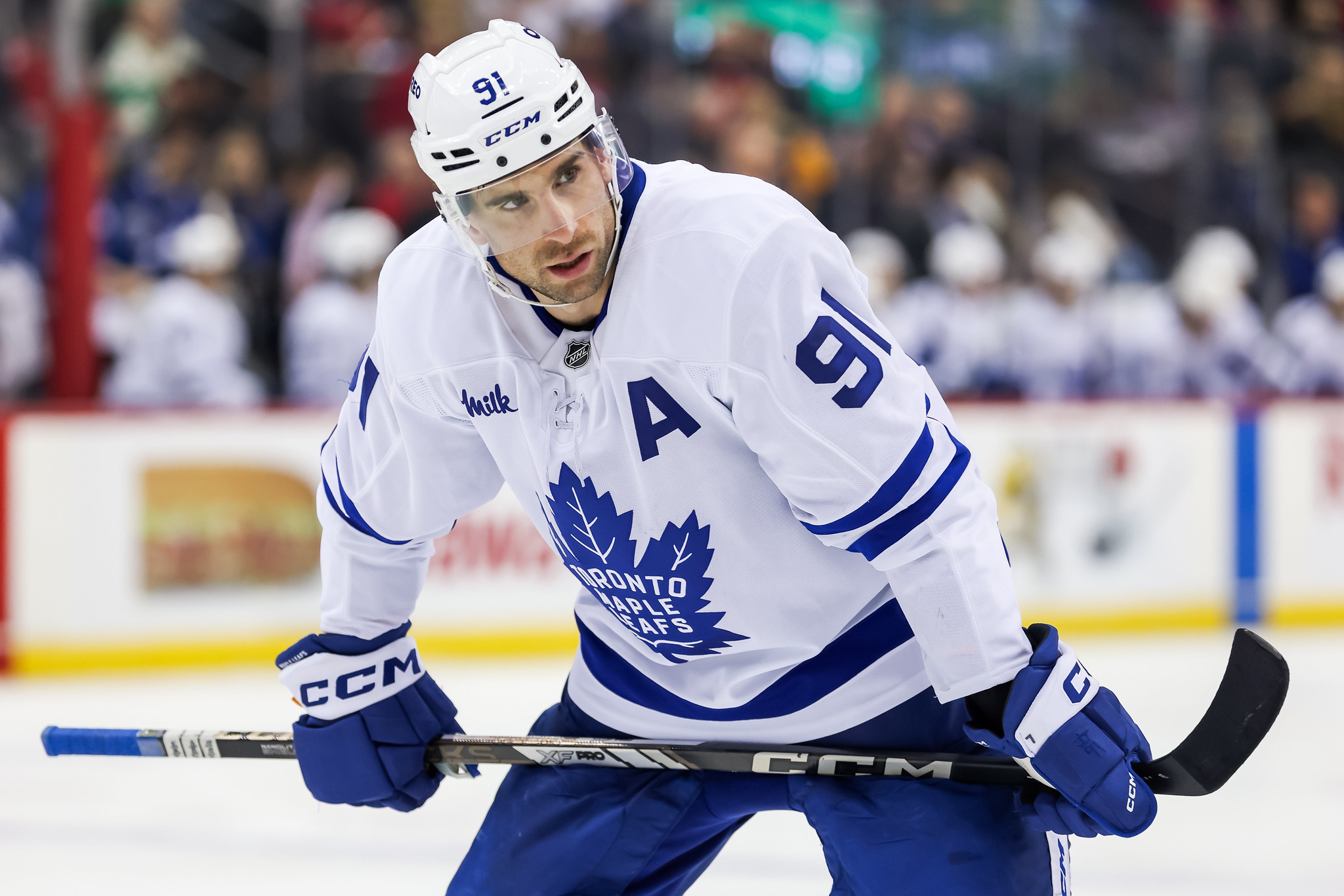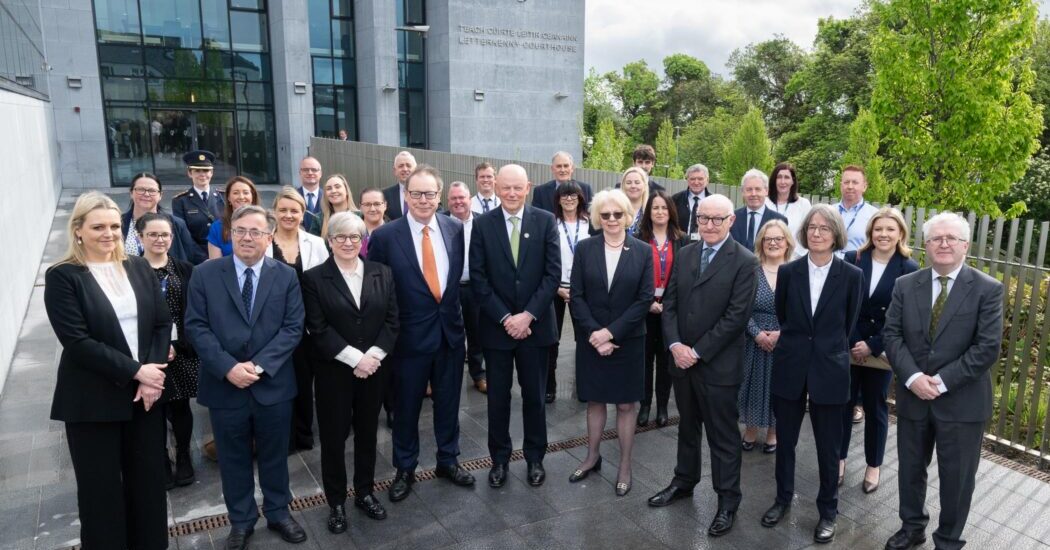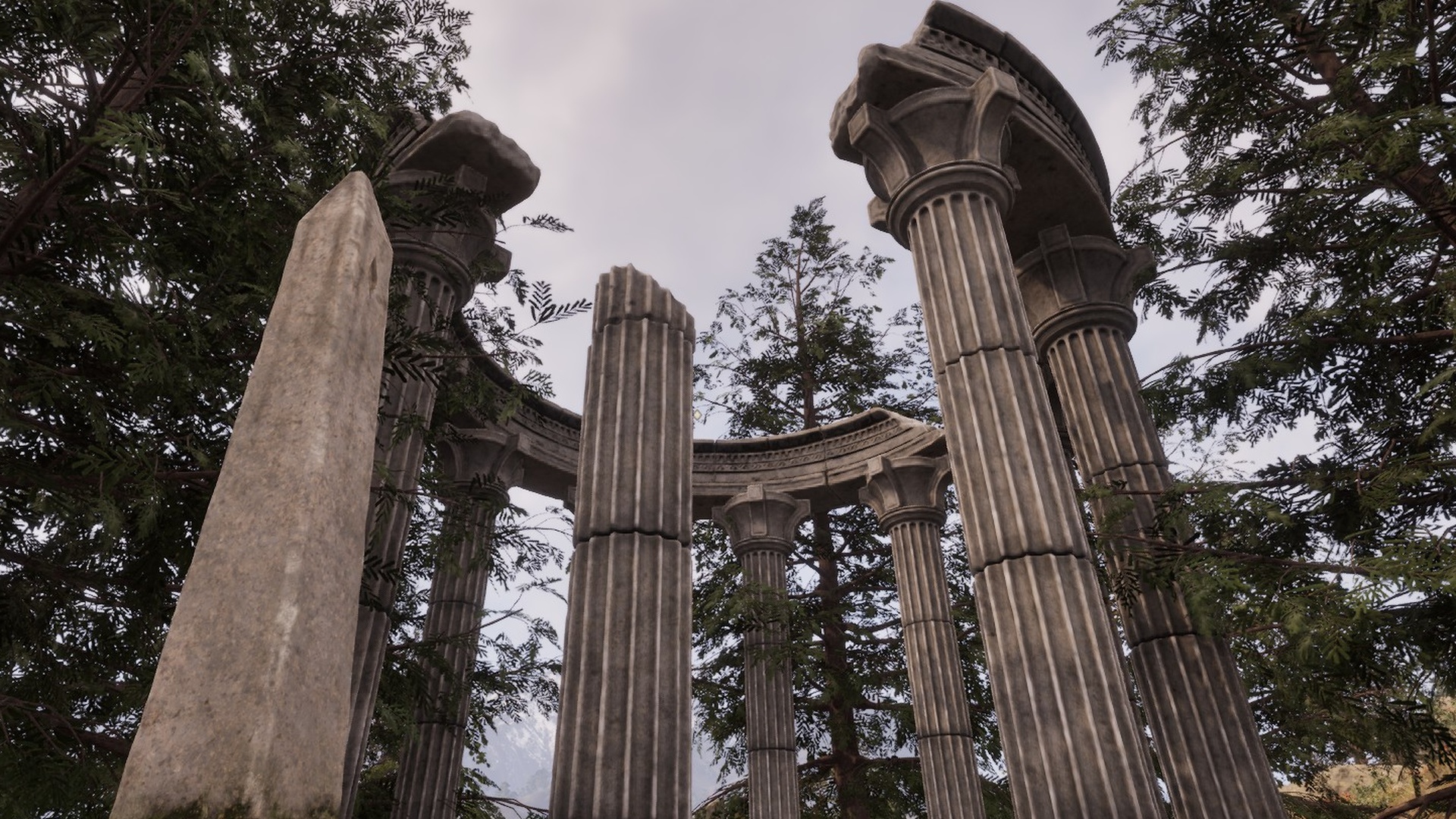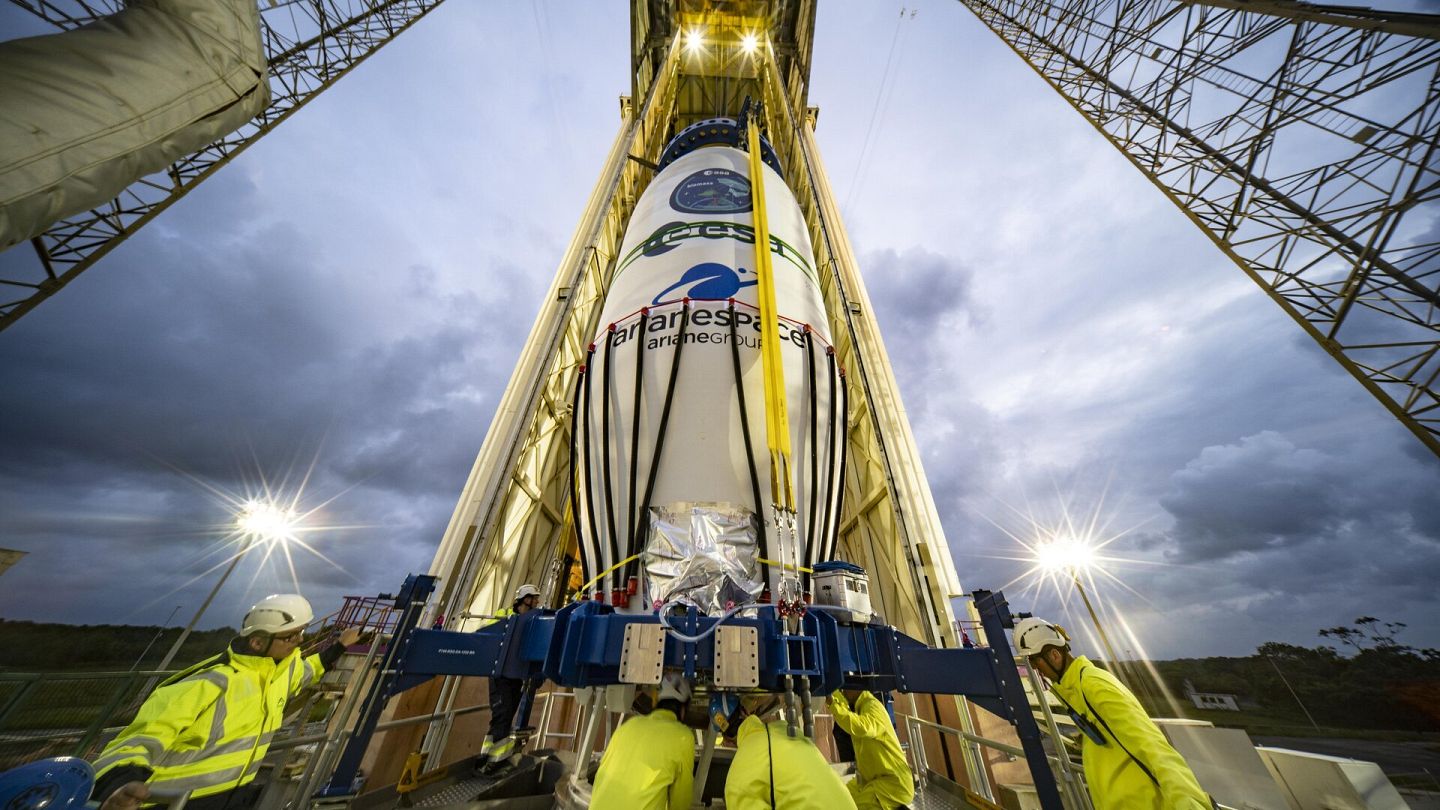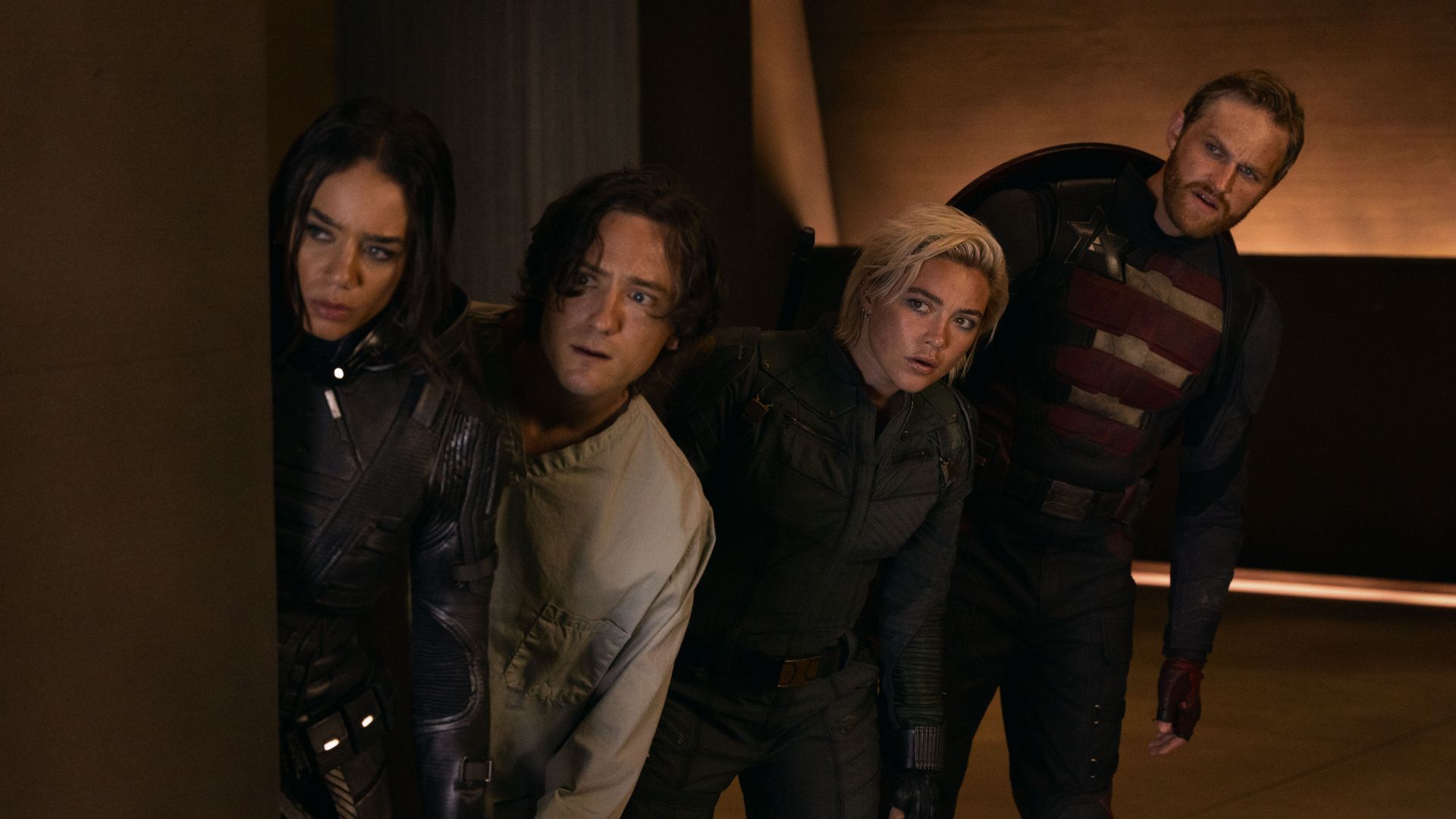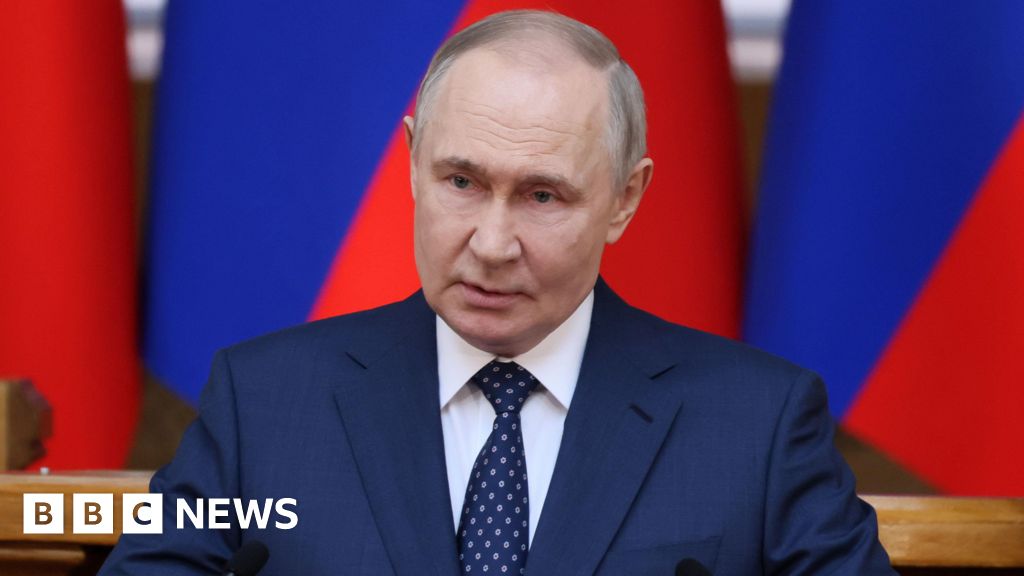Comment on Pope Francis’ Funeral: A Tribute to His Leadership and Vision by Pope Francis’ Funeral: A Tribute to His Leadership and Vision – THE FLENSBURG FILES

Reading Time: 5 minutes Cardinal Giovanni Battista Re presided over the solemn and moving celebration. He was joined by some 250 Cardinals, Patriarchs, Archbishops, Bishops, priests, and consecrated religious. US President Donald Trump, Ukraine President Volodymyr Zelensky, and Argentine President Javier Milei were among them. The leader of Francis’s homeland, Italian President Sergio Mattarella, and Premier Giorgia Meloni were also present. King Felipe VI and Queen Letizia of Spain attended. King Abdullah II of Jordan was present too. Many presidents, including Germany’s Frank-Walter Steinmeier; Brazil’s Luiz Inacio Lula da Silva; and France’s Emmanuel Macron, were in attendance. The Vatican reported that around 250,000 people attended the funeral. This figure was based on information it received from the “competent authorities” as the service was closing. Malta is represented by President Miriam Spiteri Debono, Prime Minister Robert Abela, and Opposition Leader Bernard Grech. The Vatican said 160 delegations attended, including approximately 50 heads of state and 10 reigning sovereigns. Thousands of heartbroken mourners converged upon the public square from every corner of the globe. Each mourner carried their own story of love and loss. Their arrival began at the break of dawn, around 5 am. They eagerly awaited the solemn public Mass set to unfold five hours later. The Dean of the College of Cardinals delivered his homily with great insight. He highlighted the significant moments from his 12 years of Petrine Ministry. His service was remarkable and intense. His style was marked by closeness to the people and spontaneity of gestures until the very end. Most importantly, he showed deep love for the Church. Cardinal Re referenced the Gospel passage where Christ charges Peter with shepherding His flock. He remarked that “Despite his frailty and suffering towards the end, Pope Francis chose to follow this path of self-giving. He continued this until the last day of his earthly life. He followed in the footsteps of his Lord, the Good Shepherd.” He recalled how his decision to take the name Francis “immediately appeared to indicate the pastoral plan and style. He based his pontificate on this foundation. He sought inspiration from the spirit of Saint Francis of Assisi.” With his temperament and form of pastoral leadership, he immediately impacted the governance of the Church. Cardinal Re mentioned his resolute personality. “He was a Pope among the people.” He had an open heart towards everyone. This was especially true for the marginalised and the least among us. He was also a Pope attentive to the signs of the times. He noticed what the Holy Spirit was awakening in the Church.” With his characteristic vocabulary and language, he always aimed to illuminate the problems of our time. He used the wisdom of the Gospel to encourage Christians. He urged them to live out their faith amid these challenges and contradictions. He liked to describe this as an “epochal change.” “Now, dear Pope Francis, we ask you to pray for us. We ask that from heaven you bless the Church, bless Rome, and bless the entire world. You did this last Sunday from the balcony of this Basilica. It was in a final embrace with all of God’s people. You also embraced humanity that seeks the truth with a sincere heart and holds high the torch of hope”. Re also recalled Pope Francis’s commitment to peace. He made repeated appeals to end all wars. He emphasized the plight of migrants and the needy. These passages of the homily elicited applause from the crowds in St Peter’s Square. People also applauded outside the Basilica of St Mary Major. A big screen was set up there to enable people to follow the service. He would always go there to pray before and after each apostolic journey. In his testament, he asked to be buried there, not in St Peter’s like most other popes. The Vatican has said it will be possible to visit Francis’s tomb at St Mary Major from Sunday. Environmental stewardship, expressed in the Encyclical ‘Laudato si’’, further widened the scope of Cardinal Re’s moral leadership. He stressed the interconnectedness of all creation. He also emphasized our shared responsibility for the planet. In times of global violence and war, Francis’ voice was distinctive. He consistently advocated for peace. He always insisted that “war is a defeat for humanity”. The Pope encountered the raging wars of recent years. Cardinal Re notes that he “incessantly raised his voice” to call for peace. “War, he said, results in the death of people and the destruction of homes, hospitals and schools. War always leaves the world worse than it was before. It is a painful defeat for everyone. It is also a tragic defeat,” Cardinal Re says quoting the Pope. “Build bridges, not walls” was something Pope Francis repeated many times, he adds. Cardinal Re’s words on the Pope’s efforts and appeals for world peace drew wide applause from the crowds present. As many as 200,000 people attended. The late pontiff was laid to eternal rest in the revered Basilica of Santa Maria Maggiore. This is also known as Saint Mary Major. It is a magnificent sanctuary among the four papal basilicas that grace the heart of Rome. The pope fervently envisioned the ceremony as a profound expression of his papacy’s priorities. He passionately strove to illuminate his identity as a humble priest. He did not want to be seen as a figure of immense religious authority. After the funeral, the coffin arrived at St Mary Major in an adapted Pope-mobile. It was refitted as a hearse. This allowed mourners to see the coffin as it passed through the streets of the Italian capital. The late pontiff was fond of Saint Mary Major. Vatican News / Ansa / Euronews








